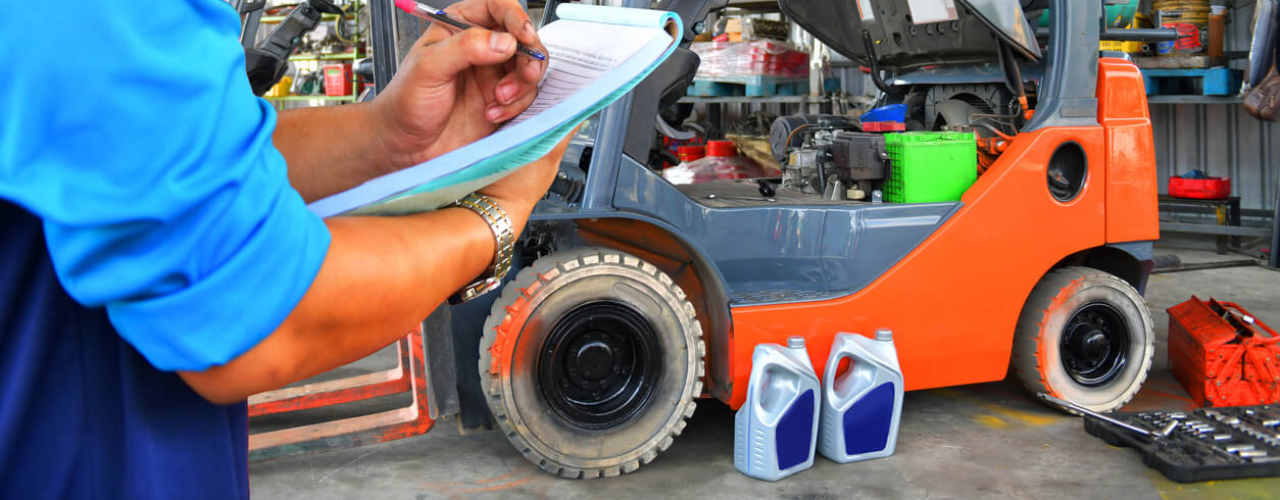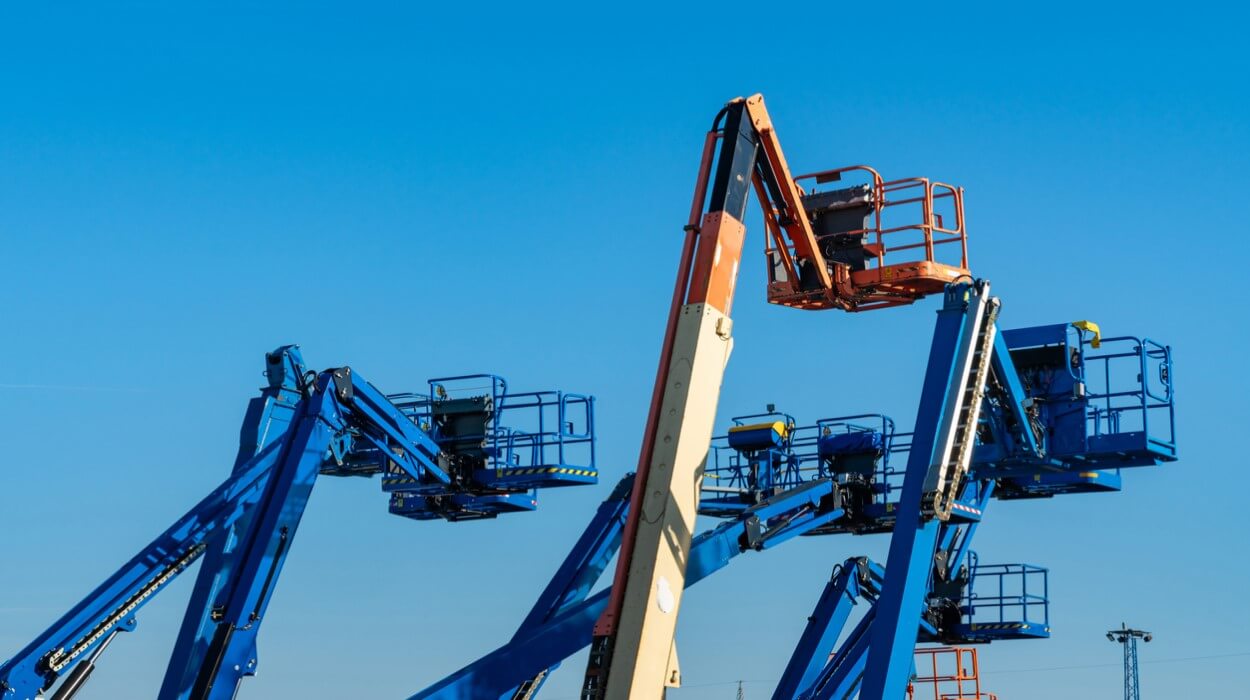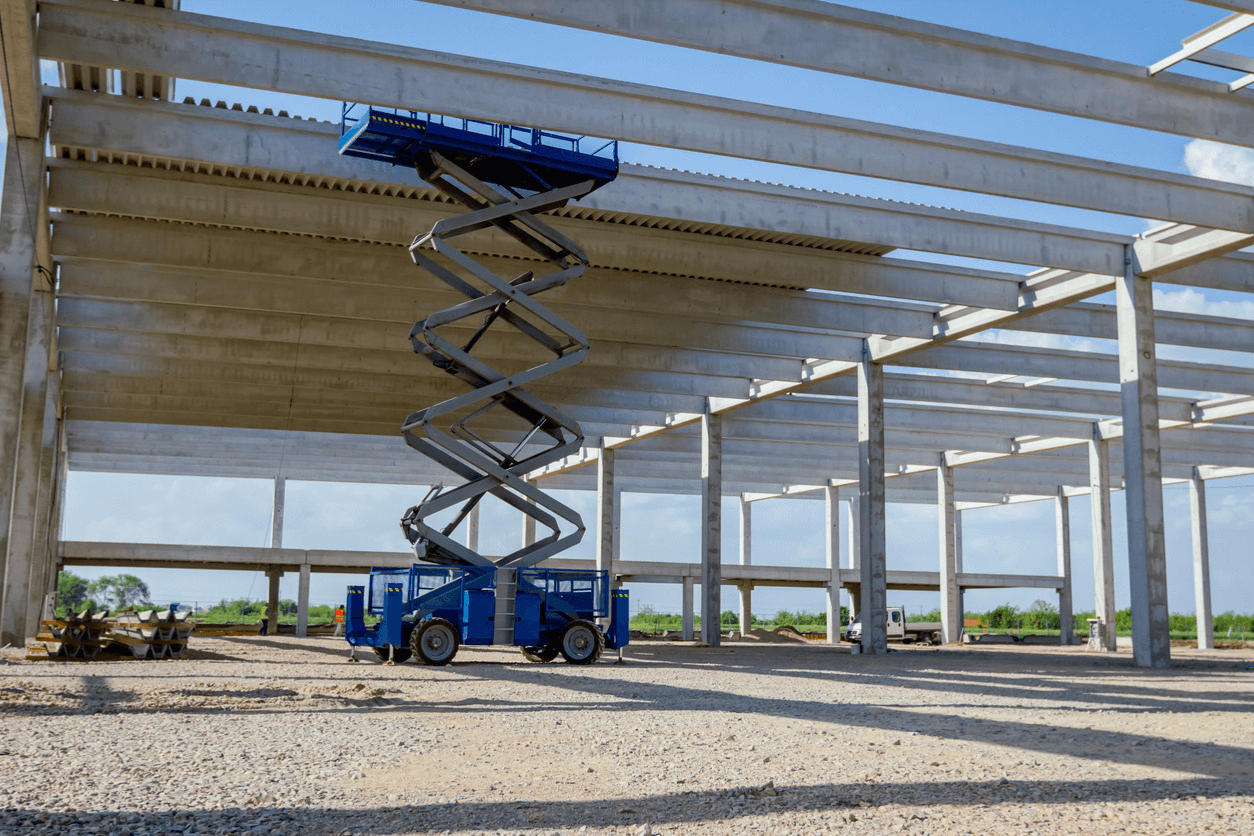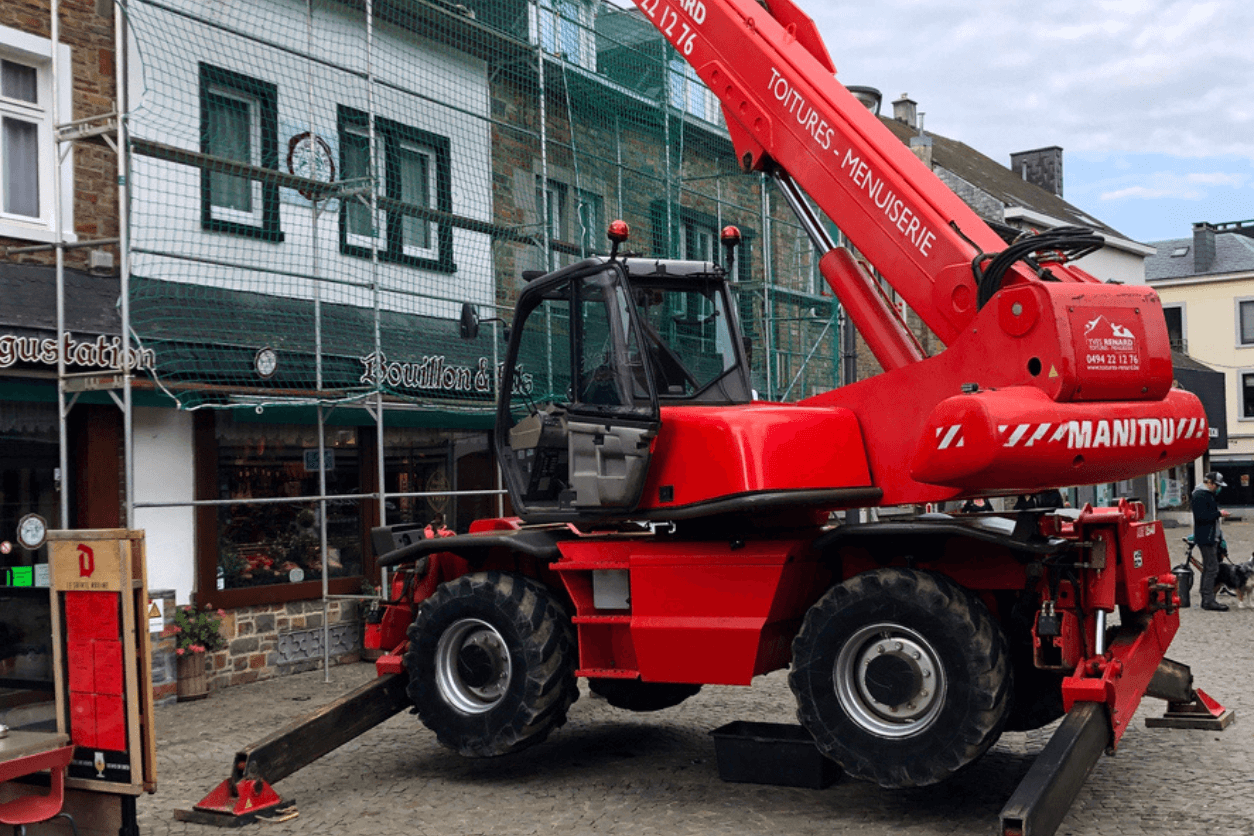
Blog
5 Common Scissor Lift Mistakes and How to Avoid Them

5 Common Scissor Lift Mistakes and How to Avoid Them
Scissor lifts are a great asset for reaching those tricky heights on the job. As handy as they are, they also come with their own set of challenges, and sometimes, the smallest mistakes can lead to big problems. Let’s look at five common scissor lift mistakes and, more importantly, how to avoid them.
1. Overloading the Platform
Sometimes, less is more. One of the most common mistakes with scissor lifts is overloading the platform. It’s tempting to pile on just one more tool or material to save a trip, but scissor lifts have strict weight limits for a reason. Overloading can cause the lift to become unsteady or, worse, to collapse. Scissor lifts are designed to hold a specific amount of weight and exceeding that limit can strain the machinery or affect its stability.
- How to avoid it: Check the lift’s load capacity and stick to it. Make sure everyone using the lift knows the weight limits, and if in doubt, weigh materials beforehand. It might take a few more trips, but it’s well worth the extra time.
2. Ignoring Ground Conditions
Scissor lifts might look sturdy, but that doesn’t mean they can go just anywhere and not every surface is scissor lift friendly. Another common mistake is setting up a lift on unstable or uneven ground, which can be a recipe for disaster. Unstable ground can lead to tilting, sinking, or even tipping over. It’s easy to think the ground looks fine, but appearances can be deceiving, especially on outdoor job sites.
- How to avoid it: Check the ground stability before setting up the lift. Stick to solid, level ground whenever possible. If you have no choice but to work on softer surfaces, consider using boards or mats to spread the weight and stabilise the lift. And if you’re unsure, it’s always best to get a second opinion.
3. Failing to Use Proper Safety Gear
It might sound obvious, but you’d be surprised how often safety gear is overlooked. From harnesses to helmets, safety gear is there for a reason. Scissor lifts may feel safe and steady, but that doesn’t mean you can skip the protective equipment. Not using safety gear increases the risk of serious injury in case of a fall or other accident. Even if the lift doesn’t seem that high, falls from any height can be dangerous.
- How to avoid it: Make sure everyone using the scissor lift is properly equipped with harnesses, helmets, and any other required gear. Also, perform a quick safety check to ensure that harnesses are properly secured to the lift’s anchor points. It takes a few extra seconds but can make a huge difference in an emergency.
4. Moving the Lift While Elevated
It might seem convenient to move the lift while it’s raised, especially if it saves lowering it down and then bringing it back up again. But moving a raised lift is a risky business and one of the most frequent causes of accidents involving scissor lifts. When the lift is elevated, its centre of gravity is higher, making it less stable. Moving it while raised increases the risk of tipping over, especially on uneven surfaces.
- How to avoid it: Lower the platform before moving the lift, no exceptions. Yes, it takes a bit more time, but the safety benefits far outweigh the few extra minutes it takes. Always plan your work so you’re not constantly repositioning the lift. It might mean a bit more thought ahead of time, but it’s worth it.
5. Skipping Regular Maintenance
Like any piece of equipment, scissor lifts need regular maintenance to stay in good working order. It’s easy to put off maintenance checks, especially if the lift seems to be working just fine, but overlooking routine servicing can lead to unexpected breakdowns or safety issues. Regular maintenance checks catch small issues before they become big problems. Ignoring maintenance can lead to malfunctions, accidents, and costly repairs.
- How to avoid it: Stick to a maintenance schedule, even if the lift is working perfectly. Regularly check things like hydraulic fluid levels, battery charge, and tyre condition. Many companies offer maintenance plans for hired scissor lifts, so make sure to ask about that if you’re using hired equipment.
Bonus Tip: Know the Height Limits
While we’re here, a quick word on height limits. Every scissor lift has a maximum height and pushing it past that point is not just risky, it’s downright dangerous. Make sure all operators are aware of the maximum height and stick to it. Stretching for those extra few inches is never worth compromising safety.
Safe Use Means Better Work and Fewer Headaches
Scissor lifts are incredibly useful tools, but only when they’re used correctly. Avoiding common mistakes like overloading, ignoring ground conditions, skipping safety gear, moving the lift while raised, and neglecting maintenance can make all the difference in keeping your operations safe and efficient.
So, before you start your next job with scissor lifts, keep these best practices in mind. A little attention to detail can go a long way in making sure your work goes smoothly, no unexpected surprises, and everyone gets to go home in one piece.
Need reliable scissor lifts for your next project? Contact us today to discuss your requirements and find the perfect lift for your needs, safety and efficiency included!
You May Also Like


Strategic Scissor Lift Selection: A Data-Driven Guide

Telehandler Operator Errors That Cost Projects Time and Money
Get in Touch
Not sure what you are looking for or need some advice for your requirements? Get in touch with us today and a member of our experienced team will be more than happy to help answer your questions.
